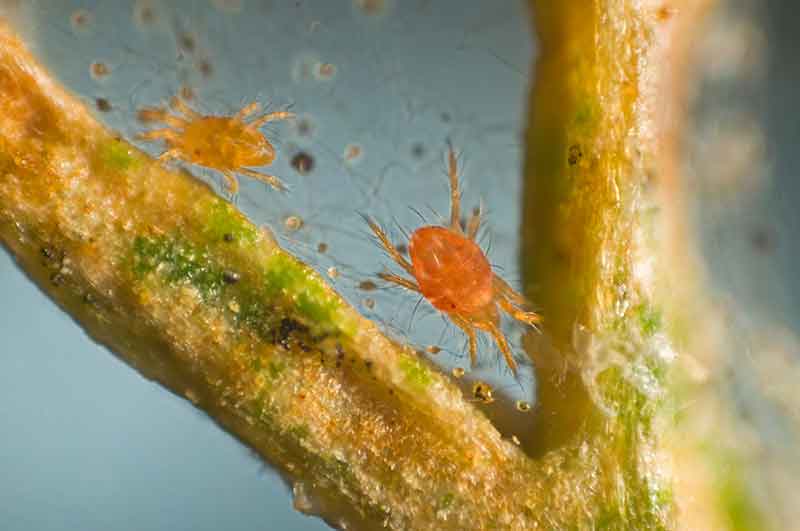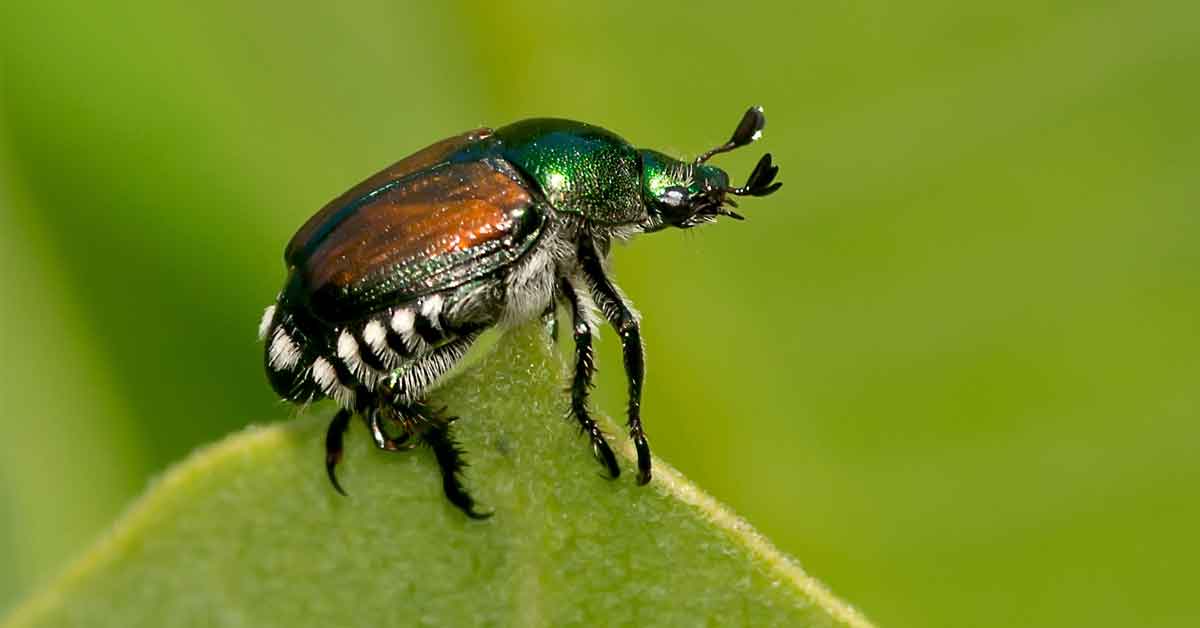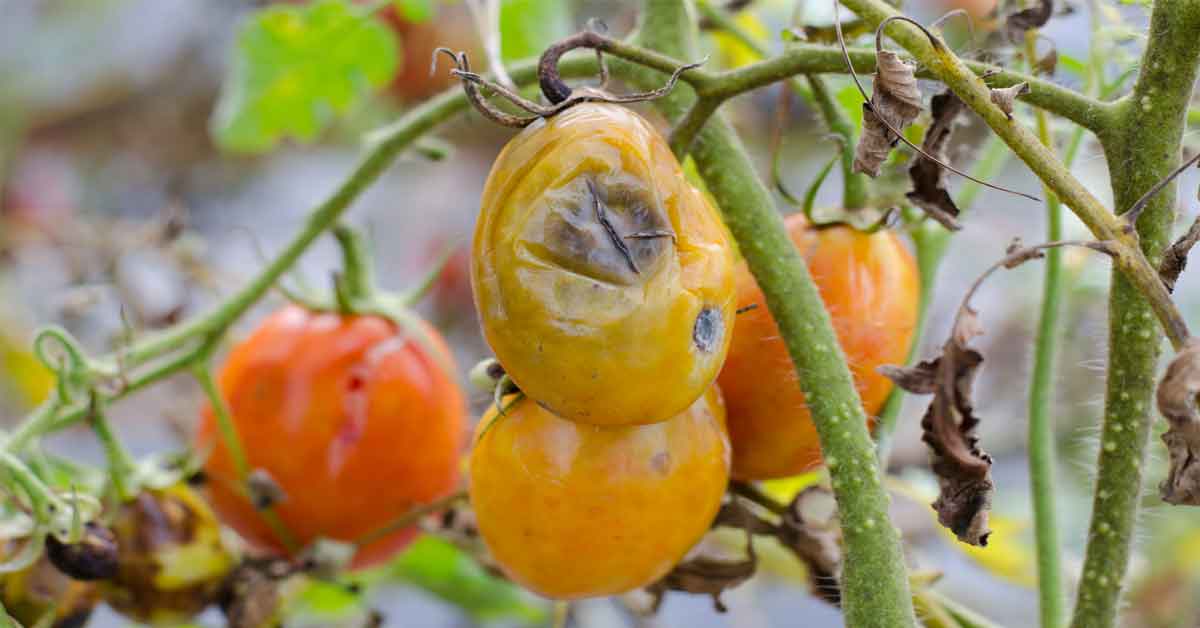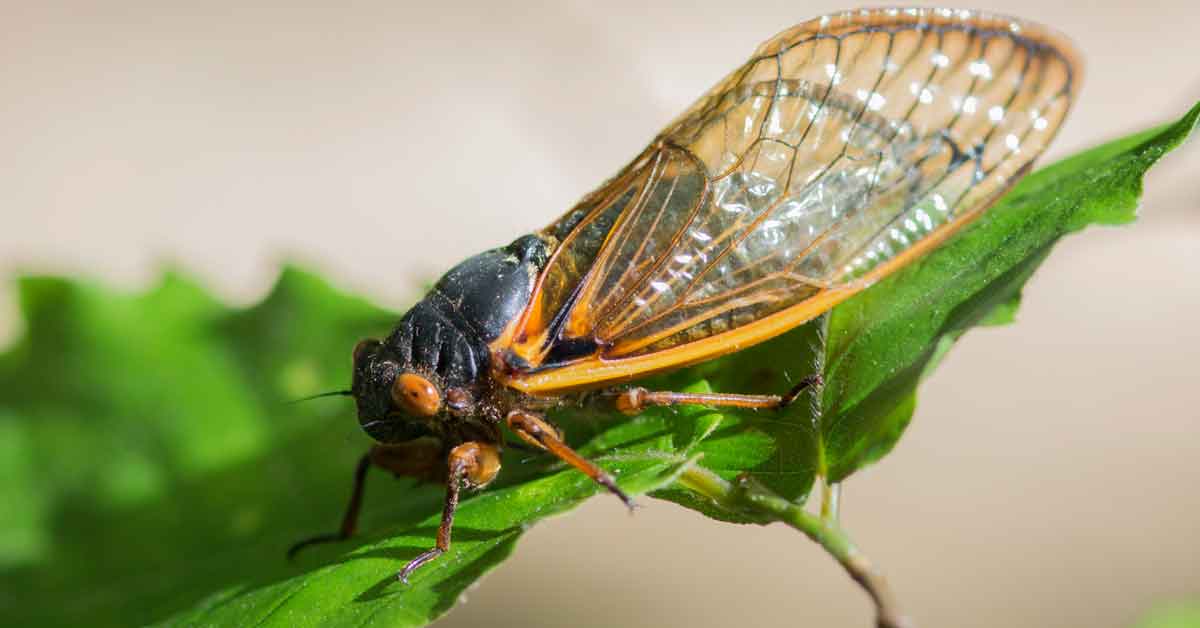Cómo identificar, controlar y prevenir los daños causados por los ácaros rojos
Identifying Spider Mites
Spider mites are plant-eating mites that look like tiny spiders. In cool climates, they spend the winter resting in soil, while in warmer regions, they live and feed year round.1 Most active in dry, hot conditions, spider mites use their needle-like mouth parts to feed on fluid extracted from individual plant cells. While they don't bite humans or pets, these relatives of spiders and ticks can harm indoor and outdoor plants.
Because spider mites are pests to over 180 types of plants,1 gardeners and indoor plant enthusiasts are likely to encounter them sooner or later. Landscape plants, fruits, vegetables and herbs are susceptible to spider mites.
When present in the garden, lacewing larvae, adult ladybugs and other types of predatory insects can help control smaller mite populations.2 Houseplants, as well as hydroponic plants (plants grown indoors in water, not soil),3 are prone to spider mites because there is usually low humidity inside a home. Whether the problem is indoors or out, recognizing the early signs of spider mites can prevent infestations and keep your plants healthy.

Managing Spider Mites
Spider mites are so small that you need a magnifying glass to see them clearly. At less than 1/20 inch long,4 female mites are larger than the males. To the naked eye, they look like tiny moving dots, but the webs that spider mites spin are much easier to see. These webs distinguish spider mites from other type of mites and other microscopic pests, such as thrips and aphids, that can infest plants.4 When webs are noticed and tiny holes are visible in the foliage of plants,2 spider mites are present and feeding.
Before bringing houseplants inside for the winter, and before planting landscape plants, carefully check stems and leaves for webs and look at the undersides of leaves for mites. Check hydroponic and indoor plants at least once a month for signs of spider mites.
Dealing with Spider Mite Damage
While beneficial insects can help control spider mites, mite populations large enough to create visible plant damage require immediate attention. For infestations of spider mites on outdoor plants, use Worry Free® Brand Insecticide and Miticide Ready to Use Dust. This product recommended for use on all types of plants; on edibles, it can be used up to the day of harvest. For decorative plants and hydroponics kept indoors, take plants outside to treat with Worry Free® Brand Insecticide and Miticide Ready to Use Spray. Spray the tops and bottoms of leaves and allow the product to dry before bringing plants back inside. Both products are naturally derived from chrysanthemum flowers and are effective on 250 types of insects.
Plants with mite damage to only a few leaves will recover quickly and without special care, but those with more significant damage will become stressed and require extra attention. Make sure that all plants get the necessary amount of sunlight for the variety. Keep soil moist, but not soggy, and feed plants a quick-release fertilizer, such as Alaska® Fish Fertilizer 5-1-1, which gives plants an immediate nutrient boost. Until the plant starts producing new, healthy leaves, avoid transplanting or making any major changes to the plant environment.
The earlier you discover spider mites on your plants, the more quickly the problem can be resolved. With the help of Worry Free® Brand Insecticide and Miticide dust or spray, even large infestations can be managed.
Worry Free and Alaska are registered trademarks of Central Garden & Pet Company.
References:
- David W. Boyd, "Spider Mites," Clemson University, December 2003
- Bruce A. Barrett, "Aphids, Scales and Mites on Home Garden and Landscape Plants," University of Missouri Extension
- Dr. Merle Jensen, "What is Hydroponics?," University of Arizona
- L.D. Godfrey, "Spider Mites," University of California Agriculture & Natural Resources, December 2011
Get Monthly Gardening Advice!





